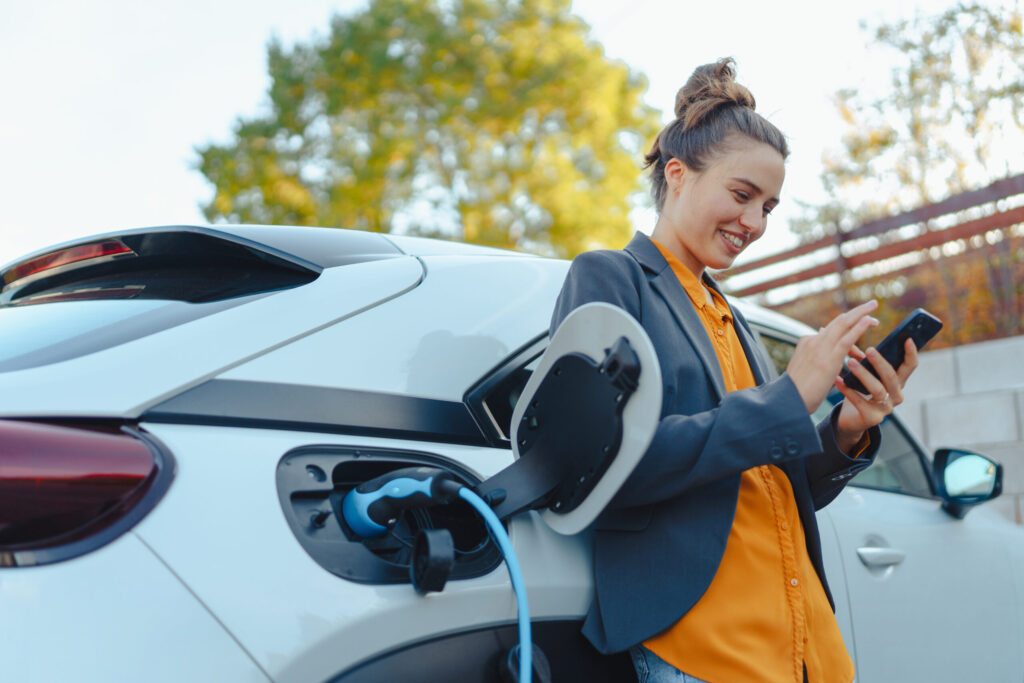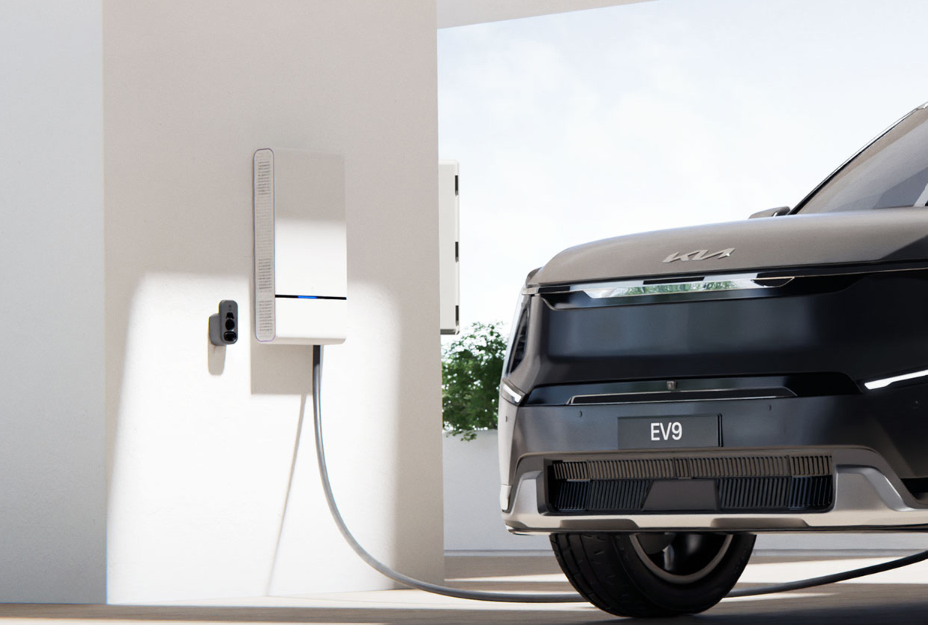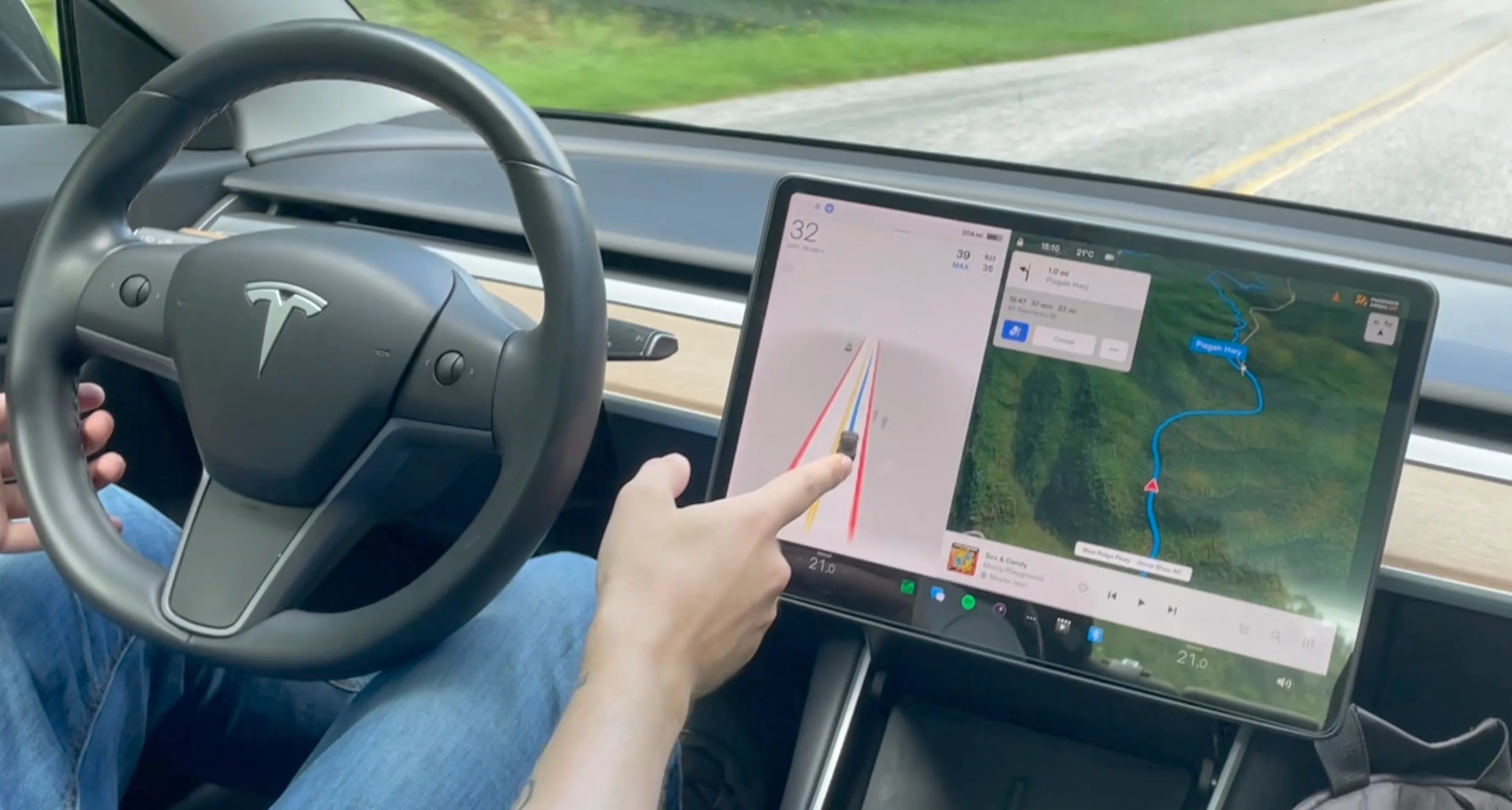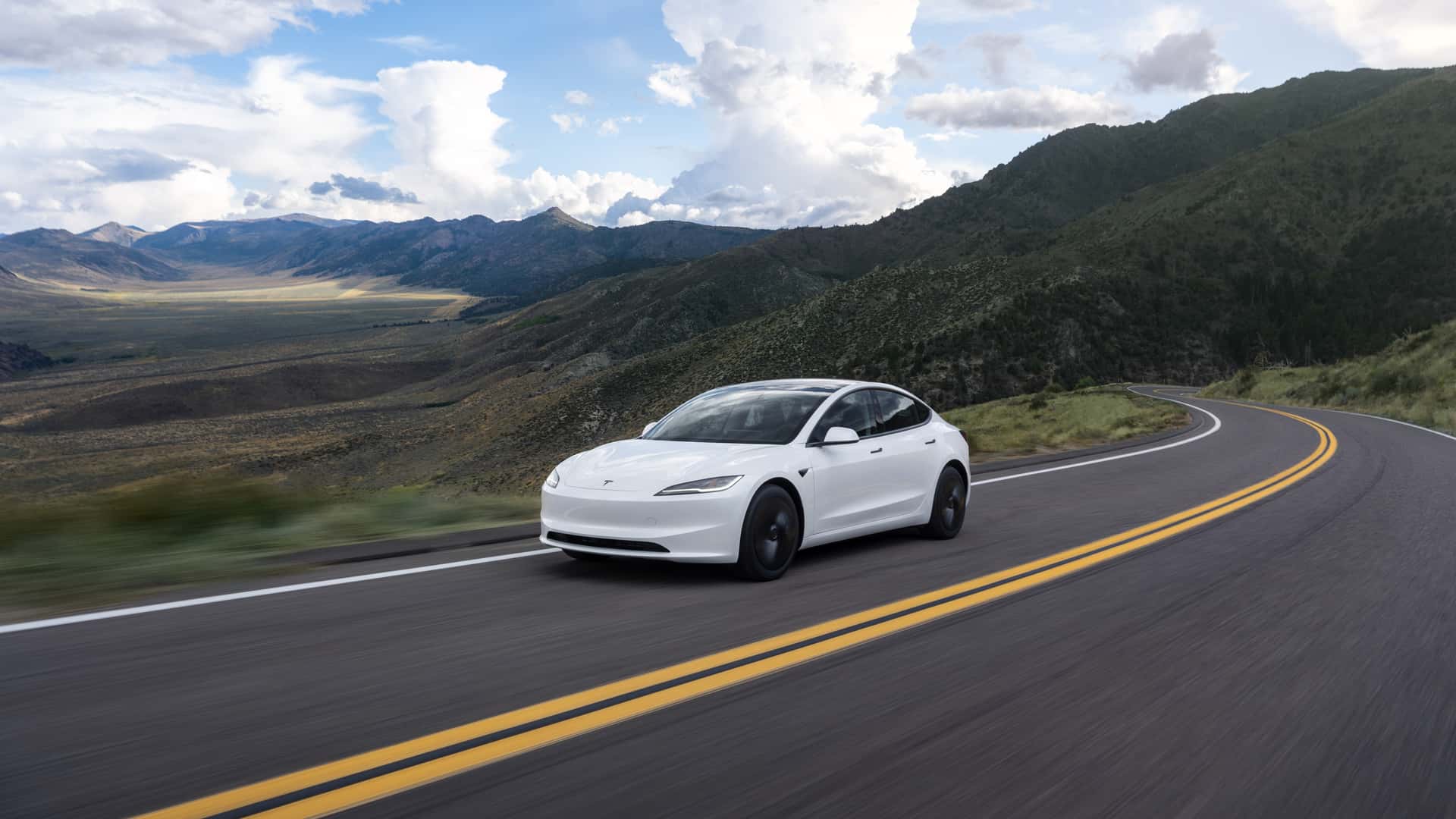Alors que les véhicules électriques (VE) deviennent rapidement le choix dominant pour les déplacements personnels, de plus en plus de nouveaux acquéreurs de VE arrivent sur le marché. Que vous soyez attiré par les économies de carburant, l'impact environnemental ou les technologies de pointe, posséder un VE implique un apprentissage différent de celui des voitures à essence traditionnelles. Voici ce que chaque nouveau propriétaire de VE doit savoir pour profiter pleinement de son expérience de conduite électrique.
1. Comprendre vos options de charge
Contrairement aux voitures à essence, les véhicules électriques se rechargent à l'électricité, et toutes les recharges ne se valent pas. Il existe trois principaux niveaux de recharge pour véhicules électriques :
Niveau 1 (120 V)
-
Brancher sur une prise domestique standard
-
Ajoute environ 3 à 5 miles d'autonomie par heure
-
Idéal pour la recharge de nuit avec de courts trajets quotidiens
Niveau 2 (240 V)
-
Nécessite un chargeur de véhicule électrique domestique dédié ou une station publique
-
Ajoute 20 à 40 miles d'autonomie par heure
-
Idéal pour une installation à domicile si vous conduisez plus de 30 miles par jour
Charge rapide de niveau 3 / CC
-
Ajoute 80 % de charge en 20 à 45 minutes
-
Courant dans les aires de repos des autoroutes et dans les couloirs de véhicules électriques
-
Non recommandé pour une utilisation quotidienne, car une charge rapide fréquente peut dégrader la durée de vie de la batterie
🔌 Conseil de pro : demandez à un électricien agréé d’inspecter votre panneau avant d’installer un chargeur de niveau 2 à la maison.
2. Santé de la batterie et entretien à long terme
Les batteries des véhicules électriques sont conçues pour durer 10 à 15 ans, voire plus, mais la façon dont vous les chargez et conduisez peut influencer leur longévité. Voici comment prendre soin de votre batterie :
-
Évitez les charges complètes à 100 %, sauf si elles sont nécessaires pour les voyages en voiture
-
Maintenez la charge quotidienne entre 20 et 80 % pour une longévité optimale
-
Limitez la charge rapide lorsque ce n'est pas nécessaire
-
Stationnez dans des zones ombragées ou à température contrôlée en cas de chaleur extrême
La plupart des fabricants offrent des garanties de batterie de 8 ans ou de 100 000 miles , mais le maintien de bonnes habitudes prolongera la durée de vie utile bien au-delà.
3. Comprendre les différences de maintenance
Les véhicules électriques comportent beaucoup moins de pièces mobiles que les véhicules à moteur à combustion interne (ICE), ce qui signifie :
-
Pas de changement d'huile
-
Pas de bougies d'allumage ni de courroies de distribution
-
Moins d'usure des freins grâce au freinage régénératif
Cependant, l’entretien reste important :
-
Permutez les pneus tous les 5 000 à 7 500 miles
-
Vérifiez les plaquettes de frein et le liquide de refroidissement du système de gestion thermique
-
Remplacez régulièrement les filtres à air d'habitacle
🛠 Suivez le calendrier d'entretien recommandé par le fabricant de votre véhicule pour éviter les problèmes de garantie.
4. Incitations et réductions fiscales
De nombreux nouveaux propriétaires de véhicules électriques sont éligibles à :
-
Crédit d'impôt fédéral (jusqu'à 7 500 $ aux États-Unis, selon l'éligibilité et l'origine du véhicule)
-
Incitations étatiques/locales , y compris des rabais, l'accès aux voies réservées aux véhicules multioccupants, des péages réduits ou des subventions pour la recharge
💸 Consultez toujours www.fueleconomy.gov ou le site Web de votre gouvernement local avant l’achat pour bénéficier de toutes les incitations disponibles.
5. Logiciels et mises à jour
Les véhicules électriques modernes ressemblent souvent à des smartphones sur roues. Les mises à jour OTA (Over-the-Air) permettent :
-
Améliorer l'autonomie ou la vitesse de charge
-
Ajoutez de nouvelles fonctionnalités de conduite (comme l'assistance avancée à la conduite)
-
Corriger les bugs et améliorer l'infodivertissement
Assurez-vous que la connectivité de votre véhicule est active et que le logiciel est configuré pour se mettre à jour automatiquement lorsque cela est possible.
6. Connaissez votre étiquette de facturation
Les bornes de recharge publiques sont une ressource partagée. Les règles de savoir-vivre essentielles incluent :
-
Déplacez votre véhicule une fois chargé (en particulier sur les bornes de recharge rapide CC)
-
Ne débranchez pas les véhicules des autres sans autorisation
-
Signalez les chargeurs cassés dans les applications pour aider les autres conducteurs
-
Ne bloquez pas les points de charge s'ils ne sont pas en charge active
⚠️ Certains réseaux peuvent facturer des frais d'inactivité si votre voiture reste branchée après avoir atteint 100 %.
7. Planifiez la recharge à domicile
Si possible, installez un chargeur de niveau 2 à votre domicile. Pensez à :
-
Vitesse de charge (puissance nominale en kW)
-
Longueur du câble et type de prise
-
Des fonctionnalités intelligentes telles que la planification et la surveillance de l'énergie
-
Compatibilité avec les tarifs horaires de votre fournisseur d'électricité
🔧 Les coûts d’installation peuvent varier entre 500 $ et 2 000 $, mais de nombreuses régions offrent des rabais pour l’équipement et l’installation.
8. Rejoignez la communauté des véhicules électriques
Les propriétaires de véhicules électriques sont souvent enthousiastes et encourageants. Envisagez de vous joindre à nous :
-
Groupes locaux de propriétaires de véhicules électriques
-
Forums en ligne ou communautés Reddit
-
Applications des constructeurs automobiles qui favorisent l'interaction avec les conducteurs et le partage d'expériences
Ces communautés sont idéales pour obtenir des conseils, résoudre des problèmes et se tenir au courant des changements dans l'infrastructure de recharge ou les logiciels.
Réflexions finales
L'achat de votre premier véhicule électrique marque le début d'une aventure passionnante, qui transformera non seulement votre façon de conduire, mais aussi votre perception des transports. S'il y a quelques notions à acquérir au début, les véhicules électriques d'aujourd'hui sont plus faciles que jamais à utiliser, à entretenir et à apprécier. Avec les connaissances et la préparation adéquates, vous tirerez le meilleur parti de votre véhicule électrique dès le premier jour.
Auteur : Lay Wen
Lecture recommandée : Guide d'achat des bornes de recharge pour véhicules électriques : comment choisir la solution de recharge à domicile adaptée








Partager:
Quelle distance peut parcourir une Kia EV6 avec une charge complète ?
L'impact du projet de loi Big Beautiful de Trump sur le marché de la location de véhicules électriques